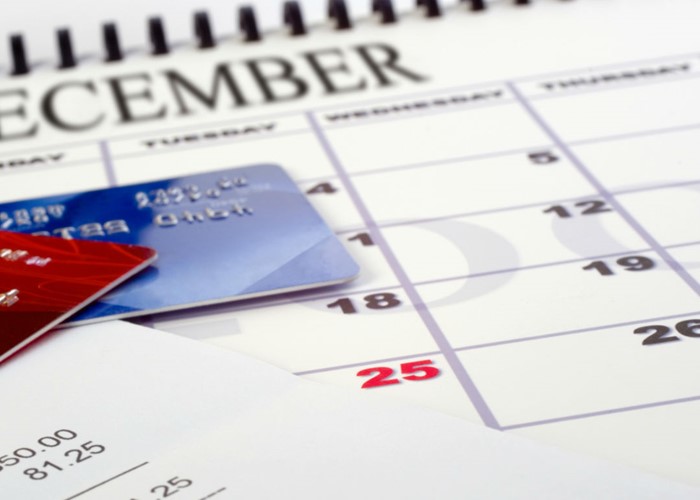I can do almost everything with my mobile phone, from ordering my shopping to watching TV, even timing my wife’s contractions. But a new innovation from Barclaycard will now allow me to use it to pay on the move.
Barclaycard has launched PayTag, a small plastic tag which can be stuck on the back of your phone and used to pay at any retailer which accepts contactless payments.
The PayTag is free, and is initially being trialled with a select band of Barclaycard customers. It will then be available to all Barclaycard customers by the end of the year.
How it works
The tag is about a third of the size of a normal credit card, and can be stuck onto any flat surface. So it doesn’t matter whether your phone is the latest iPhone, BlackBerry or even an 80s style phone the size of a brick.
Indeed, it doesn’t even have to be on a phone at all. If you have a particularly chunky watch, or carry an Oyster card with you all the time, the PayTag can be placed on that instead. Barclaycard has chosen to market PayTag in this way because it believes the mobile phone has become the most essential thing to have about your person at all times.
When the time comes to pay for your items, you merely hover your phone (or wherever you’ve placed the PayTag) over the payment terminal and your payment should be made. I tried it out myself and can report that it was extremely easy – and most importantly, quick – to do.
You can make a payment of up to £15, though this limit is increasing to £20 in June. It’s only available for people with Barclaycard Visa accounts - tranches of Barclaycard customers will be offered the service over the next year.
How secure is PayTag?
Barclaycard argues that the PayTag is essentially a second card for your account, so all payments made with it are covered by the same guarantees and protection that you’d enjoy if you used your credit card as normal.
[SPOTLIGHT]Should the PayTag be stolen, all you have to do is call Barclaycard and the PayTag will be closed. Any money the thieves may have spent in your name will be returned to you.
Where can you use it?
The biggest downside to PayTag, and contactless payment as a whole, is that it’s still not an accepted form of payment in that many places.
This is improving – Barclaycard believes the number of contactless terminals will rise by 50% to 150,000 this year. And it’s not just the likes of WH Smiths and McDonalds that are getting on board, as London buses will accept contactless payments by the end of the year, with the Tube and the rest of London’s transport network getting on board in 2013.
All well and good for people like me that work in the capital, but not exactly exciting news if you live and work elsewhere.
It’s a snazzy piece of technology, but there’s a long way to go before contactless payments are viewed as a mainstream method of payment in my view. If you already have a Barclaycard, it’s a nice extra feature, but there are far more important things to consider when selecting the right credit card for you than whether you can save 30 seconds by paying in a contactless fashion.
More on credit cards:
